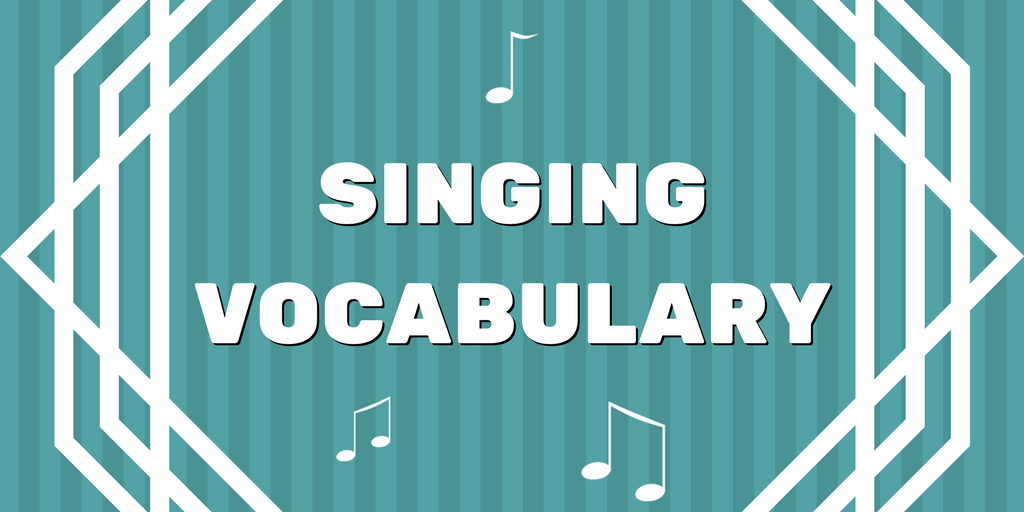Have you heard what kind of terms singers use at their practices? Some singing teachers may use clear adjectives like “louder louder!” but often formal singing vocabulary is used. Singers may perform “licks” or sing “vibrato”. Maybe we should think what they mean. 😯
Let’s learn a few singing terms! Formal singing vocabulary is not usually heard at karaoke parties but maybe you could show off a bit with these anyway. 😉 Also, when you watch some TV programs with a music theme, you can hear these terms. For example coaching in The Voice can include a lot of weird words which need translating. Maybe it’s useful to know these terms:
Terms concerning voice pitch
When the singing teacher is asks the singers to divide into groups, it’s good to know your place. Classic voice categories are defined by the range of singers vocal capability and they are from the highest to lowest: soprano, mezzo-soprano, alto, tenor, baritone and bass. Other sub-categories can be added when the group has for example especially high-pitched male voices or low female voices. These categories are called falsetto and contralto. More about the most common voice classifications can be read from our Vocal Ranges blog post. Sometimes falsetto is used as describing a head voice of male singer, which means that the voice arises from the singer’s head. It’s easy to imagine Justin Timberlake reaching those high notes! When singers speak about chest voice, they are speaking about singing of the lowest notes. These both voices are called vocal registers, you can learn more about them in this video:
Technique vocabulary
You may have noticed that some singers use different kind of articulation techniques. A glottal can be recognized when the singer creates a clear-cuts detachments of the vowels. Glottal’s opposite is called diphthong and that is heard when singer is singing gentle and gradual vowels. Other essential term is phrasing and with that singers give a bit life to the song by singing with expressions. Without phrasing, the singing sounds monotonous or maybe even robotic. Singers have to remember to breath while singing. It’s important to control breathing techniques, for example sustaining and staggered breathing. With sustaining the singer’s sound stays consistent throughout a phrase. Staggered breathing is for long phrases meaning that singers have to take short breaths for creating an unbroken and long sound.
Other singing words
Have you wondered what’s the term for singing a quick drop from a very high note to low one, like Christina Aguilera? It’s called a run. Another Christina’s cool singing trick is called a lick and it stands for singing a very short solo which is sung during a little break. Talented singers also use vibrato in their performances and maybe you have a hunch of the meaning. Vibrato makes singing more dramatic by changing the pitch of the music. When I’m thinking vibrato, Adele’s singing pops to my mind immediately:
Were these terms familiar to you already? If not, don’t worry! You will manage without any knowledge of singing vocabulary at karaoke. Just choose your song and give it a try! You are not in the music class so don’t worry about phrasing or runs. But if someone tells that your belting sounds amazing, you can now proudly accept those compliments and understand the issue. 😎
